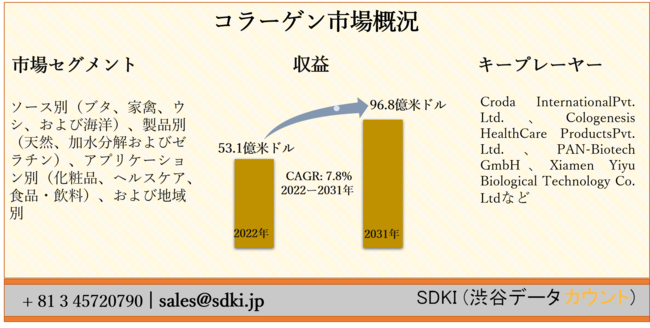The global desiccant wheel market is highly competitive in terms of products and services offered, observes Transparency Market Research (TMR) in a recent report. Key players in the market, including Munters AB, which earned nearly 33% of its revenues from sales of desiccant wheel products and solutions in 2015, focus on differentiating their offerings from those of their competitors and adding innovative products and services in their portfolio. “With the presence of many smaller players in the market, partnerships have become crucial for success,” states a TMR analyst. Other notable vendors in the market are NovelAire Technologies, Trane, DRI, Proflute AB, Rotor Source, Inc., Seibu Giken DST AB, and Flakt Woods Group.
TMR estimates that the market holds immense growth opportunities and will tread along a healthy growth path over the period between 2016 and 2024. The market is expected to exhibit a nearly 5% CAGR over the said period, rising from a valuation of US$296.5 mn in 2015 to US$ 463.0 mn by 2024. Of the key desiccants used in desiccant wheels, the segment of silica gel dominated by a sizeable margin, holding a 68% of the overall market in 2015.
From a geographic perspective, North America led the global market in 2015 and is also expected to remain one of the most attractive regional market over the forecast period. Market in Asia Pacific, however, is expected to outpace North America owing to the high concentration of operations units of several key end-use industries.
The increased emission of carbon and other greenhouse gases such as nitrous oxide and methane owing to the rapid pace of industrialization has resulted in a rise in temperature levels globally. These drastically rising levels of temperature are resulting in higher concentrations of humidity in the atmosphere. According to NASA’s Goddard Institute for Space Studies (GISS), 2015 was ranked as the warmest year on record.
Download Brochure For Latest Industry Insights@
Also, increased temperatures are resulting in an increase in surface humidity. These factors are driving the heightened need for dehumidification equipment across multiple industries, such as food and beverages, chemicals, and pharmaceuticals. With increased humidity levels, the amount of moisture absorbed by desiccant wheels increases, which in turn reduces their lifespan and drives the need for additional desiccant wheels across key end-use industries. This factor is expected to have a significant positive impact on the overall development of the global desiccant wheels market over the forecast period.
The market is also expected to be driven by the rising demand for energy efficient heating, ventilation, and air-conditioning (HVAC) equipment in the next few years. HVAC equipment could be extremely costly. In order to reduce the cost of overall HVAC systems with low energy consumption and operational intelligence, desiccant-wheel-based dehumidification systems are preferred by consumers.
Low Performance at High Temperature and Humidity Level to Hamper Market Growth
One of the key issues with desiccant wheels is that they cannot operate at full potential in high levels of temperature and humidity. In such situations, the performance of desiccant wheels is drastically affected and the increased need for replacement with new equipment is felt. This factor is expected to have a sizeable negative impact on the overall development of the global desiccant wheel market in the next few years.
Browse Press Release @
Pungent smells from sources such as cigarettes and building materials get stored in desiccant wheels along with the moisture it adsorbs from the surrounding air in a vicinity. When the desiccant is reheated to remove adsorbed moisture during the regeneration process, it also results in the heating up of the odor previously stored, producing a stronger odor. This could sometimes result in unhealthy atmospheres for people working around.






